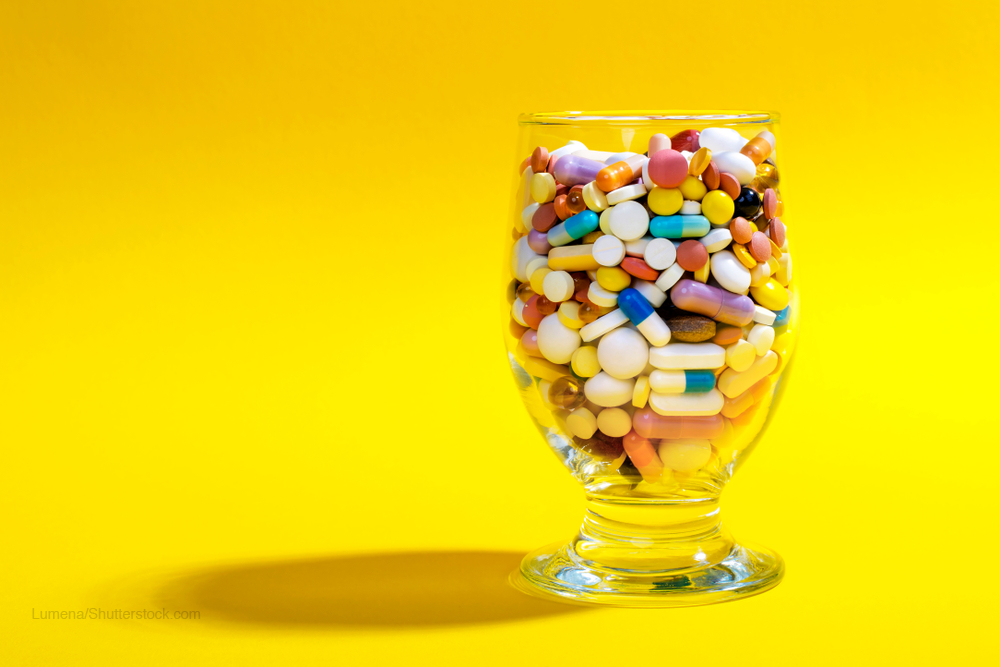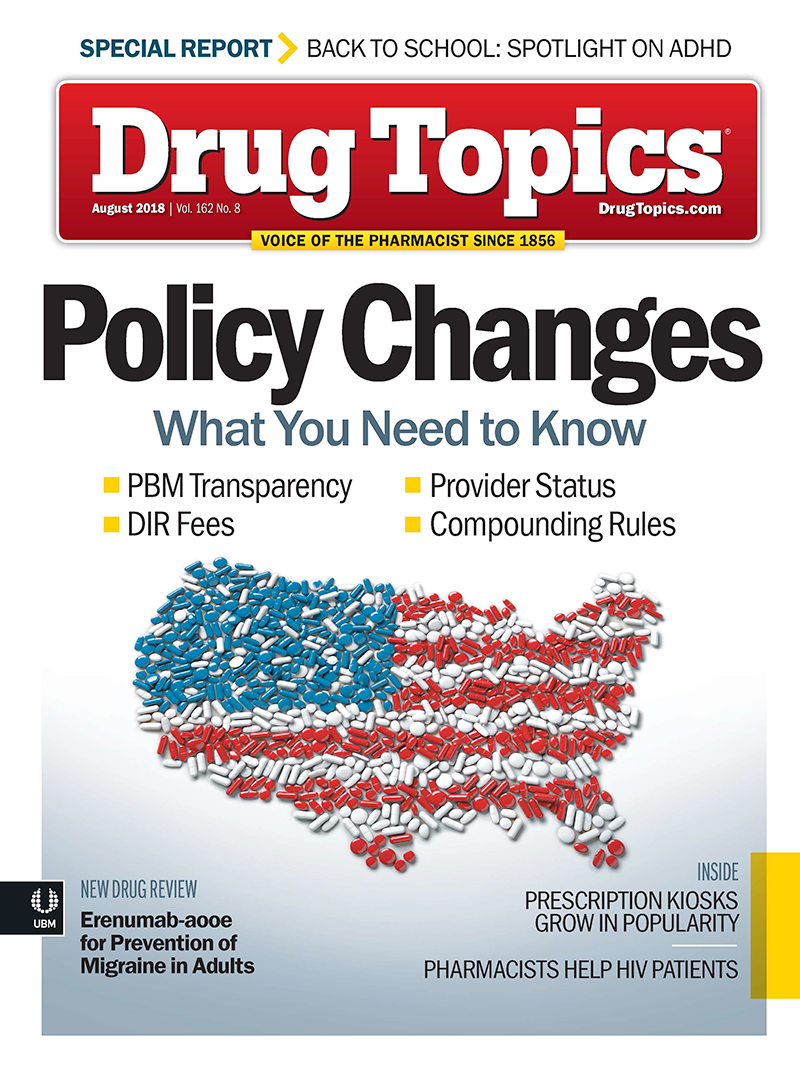What Bartenders and Pharmacists Have in Common
Turns out running a bar shares many similarities with running a pharmacy-but the mistakes cost a lot more.

I’ve been thinking about mulligans and cocktails-drink cocktails mixed, shaken, stirred, poured, and drug “cocktails” admixed and compounded in hospital pharmacy cleanrooms.
Watching a bartender in the Cayman Islands exercise his craft, I asked, “How do you ensure combining the right amount of each ingredient? Do you ever make mistakes?” To which he replied, “All the time.”
I asked about direct pours, the durations of which seem to be calculated by muscle memory and mental counts. “After a while, you just know,” he said, while adding splashes and pinches of this and that to his concoctions.
Related article: How to Differentiate Between Look-Alike Sound-Alike Drugs
As for quality assurance, he explained the “straw test,” where mixologists verify that they haven’t forgotten anything nor added too much or too little of any ingredient by tasting a tiny sample of the drink on the end of a straw.
The Other Kind of Cocktails
It’s easy to see why IV medications, prescribed by physicians, prepared in pharmacy clean rooms, and administered by nurses to patients, are sometimes referred to as “cocktails.” It’s also easy to see why it’s so much more important to get the recipe right in medicine. A poorly mixed cocktail can leave a bad taste in your mouth, a poorly mixed medication can lead to much worse.
Of course, no one would intentionally combine the wrong ingredients or incorrect volumes. However, even the best trained, most conscientious, and least distracted preparers make mistakes.
The best observational study to date, reveals that just over 9% of preparations involve one or more errors. The most frequent have to do with incorrect volumes, followed by wrong ingredients.
Hats off to those hospitals that have the courage to admit their pharmacies are vulnerable. Kudos to those who have implemented technologies proven to prevent or intercept mishaps.
Work Flow Technology
Rather than handing technicians a stack of printed medication orders or worse, preprinted labels, IV workflow systems provide technicians with on-screen orders, one at a time. Software checklists guide preparers, step-by-step, through pharmacy-reviewed “recipes.” Barcodes on delivery containers are scanned to verify that the right items have been selected. If not, software prevents moving to the next step. In sequence, technicians continue scanning listed ingredients to be added to containers, again allowing them to proceed only when verified.
These technologies also use volume-verification processes, the most accurate of which is gravimetrics. Preparers are required to weigh ingredients in order to verify that the correct amounts have been drawn and/or injected. If the results don’t match the recipe, the system won’t produce a label. Once everything is correctly filled, a barcoded label is printed and applied for scanning at the point of infusion-ensuring the right patient receives the right IV.
I argue that every hospital should provide its pharmacy technicians with work flow software that incorporates product- and volume-verification features-making it easier for them to get orders right and harder to get them wrong.
Related article: Your 10 Worst Pharmacy Mistakes
In the Caymans, I ordered a snappy ginger-infused lemonade with soda water and a sprig of mint. My first sip revealed the frosted glass contained wrong amounts of the right ingredients, which could have been caught by the bartender with a straw test. I gave the guy a mulligan and he got things right on the second try.
No harm. No foul. Plus a complementary drink.
Mark Neuenschwander is president of The Neuenschwander Company, which provides services to promote development and deployment of medication use technology. He is a member of the Editorial Advisory Board for Drug Topics.
References:
1. Flynn EA, Pearson RE, Baker KN. Am J Health Syst Pharm. 1997; 54[8]:904-912
